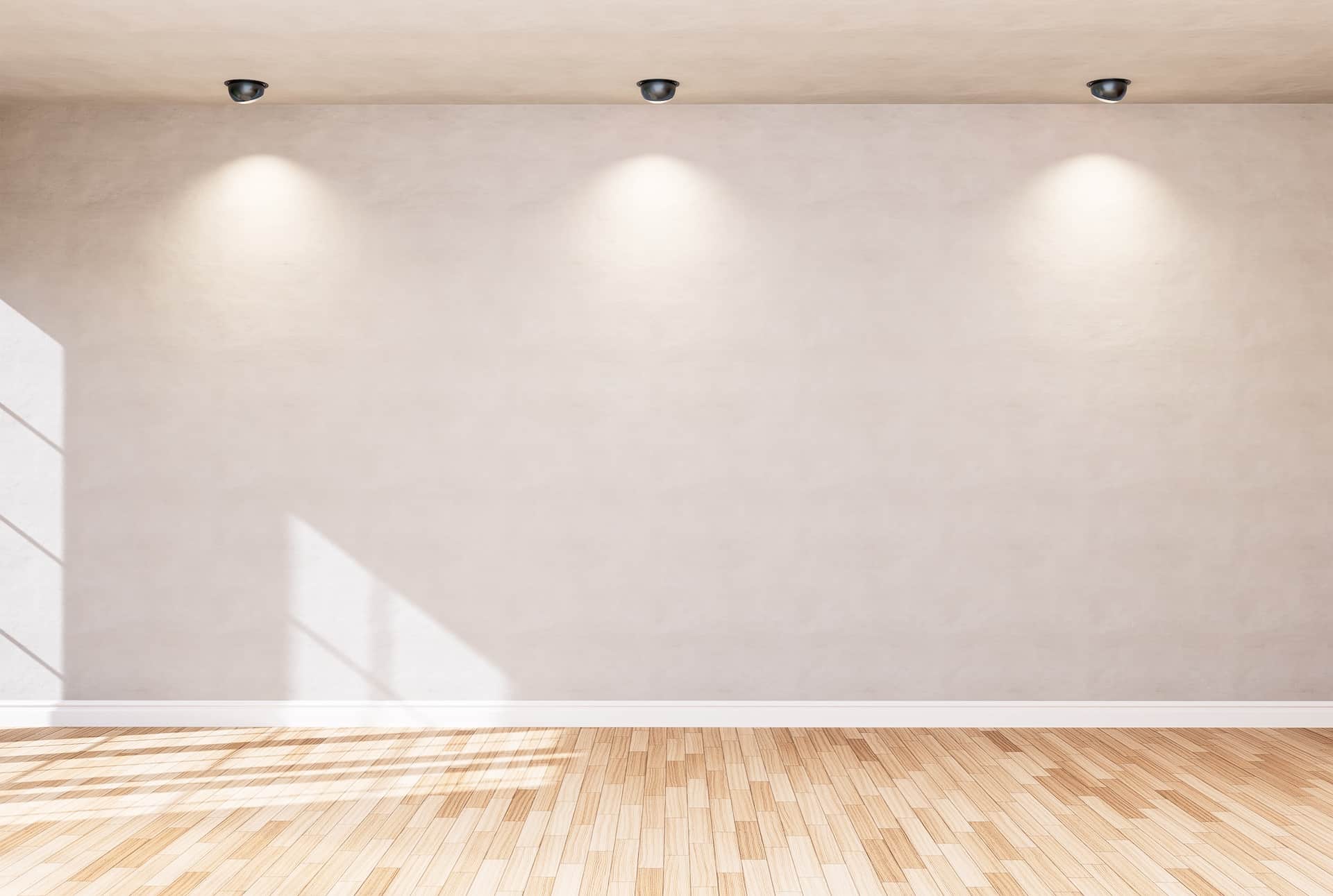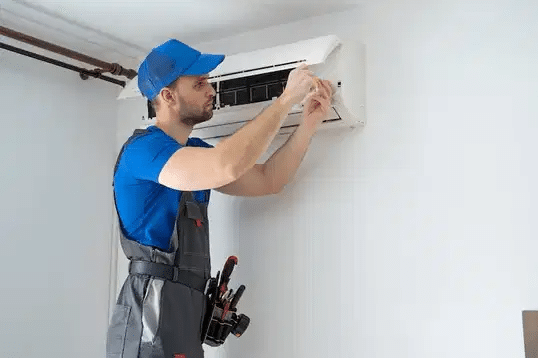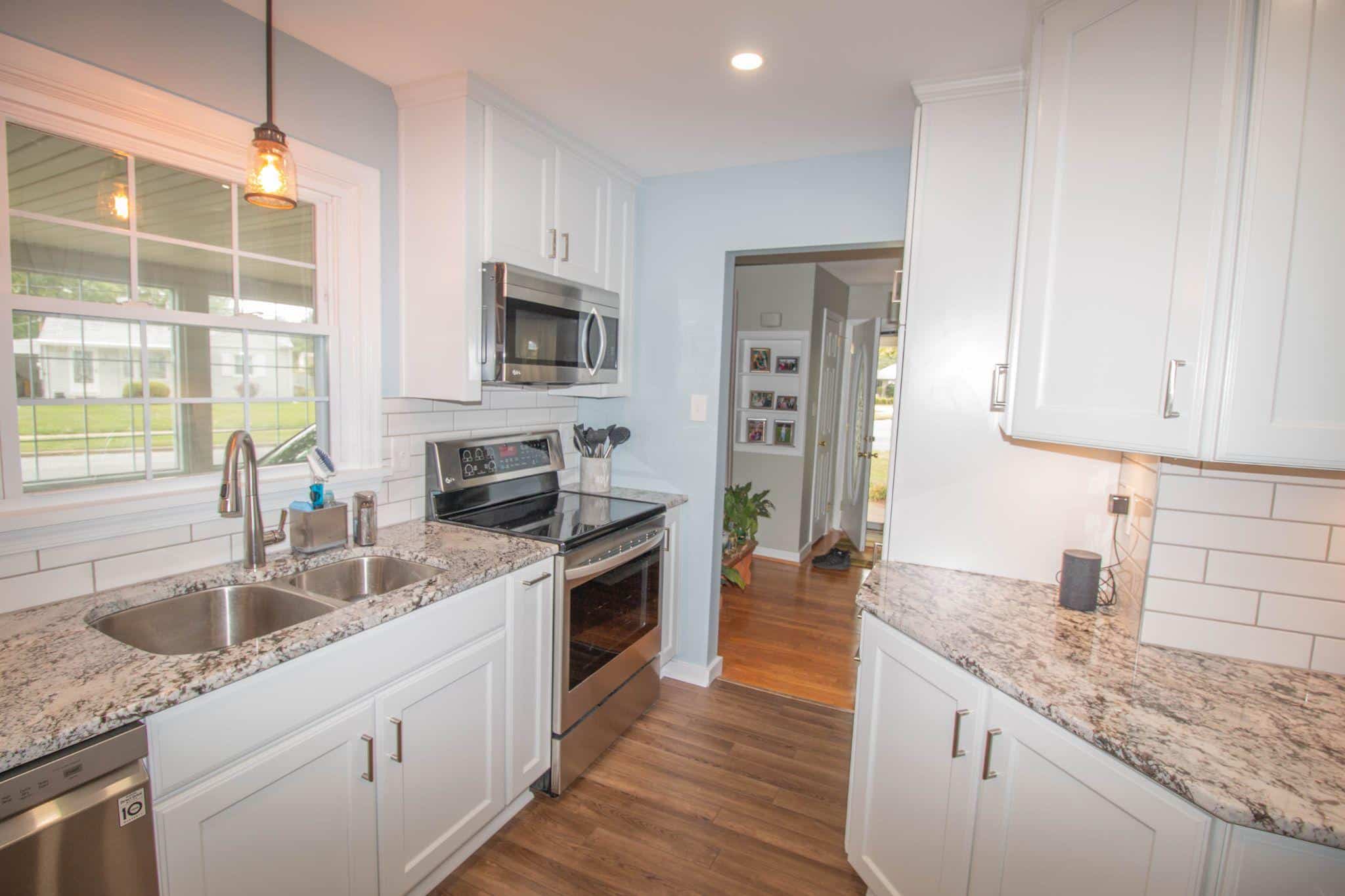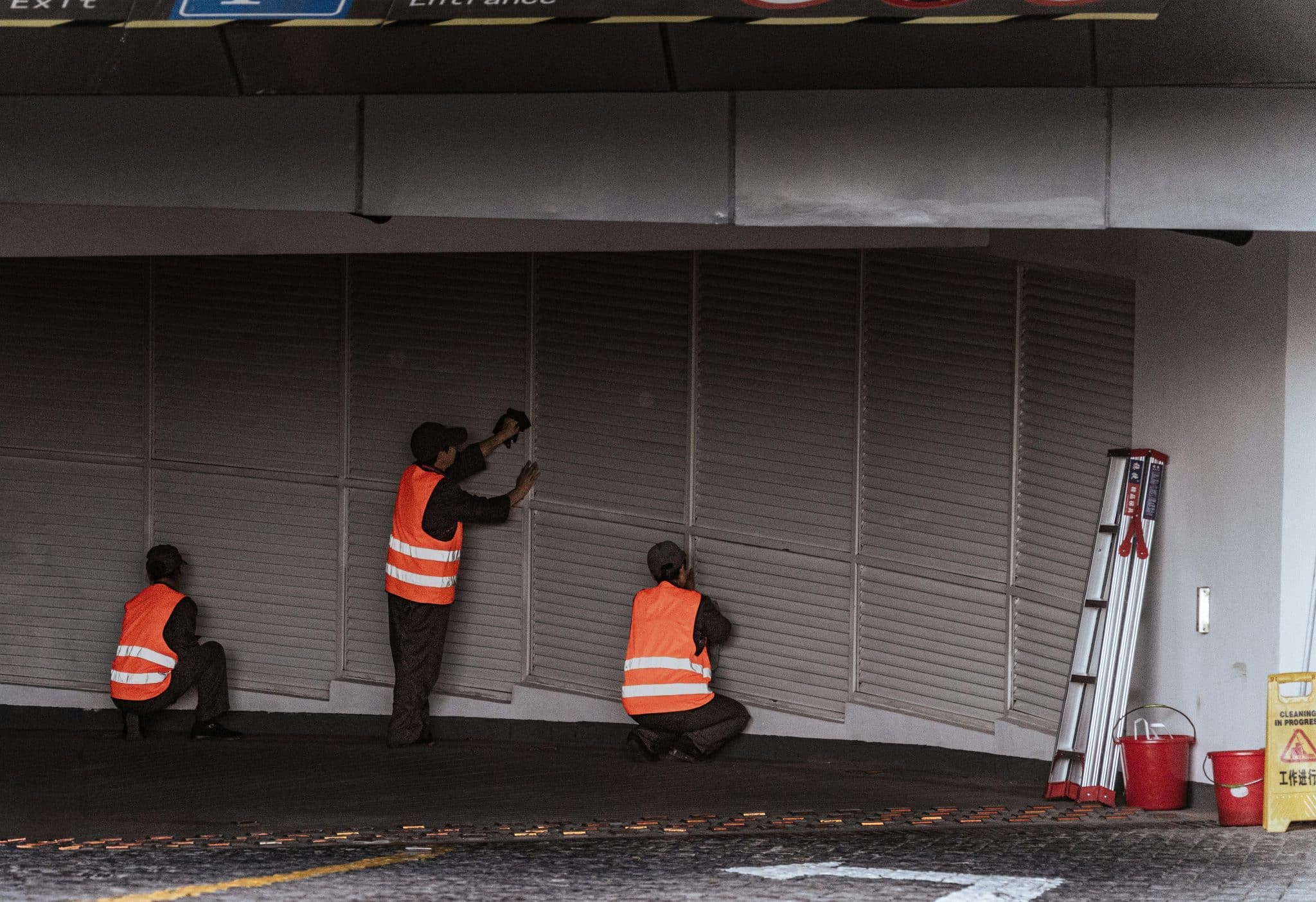A fresh coat of paint can revitalize your home, whether you’re refreshing the interior walls or giving your exterior a new look. However, interior and exterior painting projects differ significantly in terms of materials, techniques, and challenges. Understanding these differences is crucial for achieving long-lasting, professional results.
If you’re planning a house painting project, knowing whether to tackle it yourself or hire a residential painting service can also make a big difference. In this guide, we’ll break down the key distinctions between interior and exterior painting, helping you make informed decisions for your next project.
1. Paint Formulation: Different Needs for Different Surfaces
Interior Paint
Interior paints are designed for aesthetics, durability, and ease of cleaning. They come in various sheens (flat, eggshell, satin, semi-gloss, and gloss) and are formulated to be low in volatile organic compounds (VOCs) for better indoor air quality.
- Water-based (latex) paints are most common due to their easy cleanup, quick drying time, and low odor.
- Oil-based paints are sometimes used for trim and doors because of their hard, durable finish, but they take longer to dry and require solvents for cleanup.
Exterior Paint
Exterior paints must withstand harsh weather conditions, UV rays, and temperature fluctuations. They contain additives to resist fading, mildew, and moisture damage.
- Acrylic latex paints are the top choice for exteriors because they expand and contract with temperature changes, preventing cracking.
- Elastomeric paints are used on stucco and masonry for superior waterproofing and flexibility.
Key Takeaway: Never use interior paint outside—it won’t hold up against the elements.
2. Surface Preparation: Varying Levels of Work Required
Interior Painting Prep
Since indoor surfaces are protected from weather, prep work focuses on cleanliness and smoothness:
- Cleaning walls to remove dust, grease, and fingerprints.
- Filling holes and sanding imperfections for a smooth finish.
- Using painter’s tape to protect trim, ceilings, and outlets.
- Priming when covering stains, dark colors, or porous surfaces.
Exterior Painting Prep
Exterior surfaces face more wear and tear, requiring thorough preparation:
- Power washing to remove dirt, mildew, and loose paint.
- Scraping and sanding peeling paint to ensure proper adhesion.
- Caulking gaps around windows, doors, and siding to prevent water damage.
- Priming bare wood or metal to prevent rot and rust.
Key Takeaway: Exterior painting requires more extensive prep work due to exposure to weather and environmental factors.
3. Environmental Factors: How Weather Impacts Your Project
Interior Painting Considerations
Indoor painting is less affected by weather, but environmental factors still matter:
- Ventilation is crucial when using oil-based paints or high-VOC products.
- Temperature and humidity should be controlled—ideally between 50°F and 85°F with moderate humidity for proper drying.
- Dust and debris can settle on wet paint, so clean the area before starting.
Exterior Painting Considerations
Outdoor painting is highly weather-dependent:
- Avoid extreme temperatures—cold weather prevents proper drying, while heat can cause paint to blister.
- Check humidity levels—high humidity slows drying and can lead to mildew growth.
- Avoid direct sunlight—painting in full sun can cause uneven drying and lap marks.
Key Takeaway: Exterior painting must be carefully scheduled around weather conditions, while interior projects can be done year-round with proper climate control.
4. Application Techniques: Brushes, Rollers, and Sprayers
Interior Painting Techniques
- Cutting in (using a brush for edges) before rolling ensures clean lines.
- Rollers with shorter naps (¼” to ½”) work best for smooth walls.
- Sprayers are sometimes used for large, unobstructed areas but require masking to protect floors and furniture.
Exterior Painting Techniques
- Brushes and rollers are used for detailed areas like trim and siding.
- Sprayers are efficient for large surfaces like stucco or brick but require skill to avoid overspray.
- Longer-nap rollers (¾” to 1”) help cover textured surfaces like wood siding.
Key Takeaway: The right tools depend on the surface—interiors need precision, while exteriors require durability and efficiency.
5. Longevity and Maintenance: How Often Should You Repaint?
Interior Paint Lifespan
- Walls: 5–10 years, depending on traffic and wear.
- Trim and doors: 5–7 years due to frequent contact.
- Kitchens and bathrooms may need repainting sooner due to moisture and grease buildup.
Exterior Paint Lifespan
- Wood siding: 5–7 years.
- Stucco and brick: 10–15 years.
- Metal surfaces: 7–10 years (with proper priming).
Key Takeaway: Exterior paint deteriorates faster due to weather exposure, requiring more frequent maintenance than interior paint.
Should You DIY or Hire a Residential Painting Service?
When to DIY:
- Interior projects in small, accessible areas.
- If you have experience with proper prep and application.
- When budget constraints make professional services impractical.
When to Hire Professionals:
- Exterior painting, especially for multi-story homes (safety concerns).
- If surfaces require extensive repair or priming.
- When using specialized techniques like spray application.
Professional residential painting companies ensure high-quality results, saving time and reducing the risk of costly mistakes.
Final Thoughts
Whether you’re refreshing your home’s interior or protecting its exterior, understanding the differences between these two types of painting is essential. From paint selection to application techniques, each project has unique requirements that impact durability and appearance.
For best results, assess your skill level, time availability, and the project’s complexity before deciding between DIY and hiring a professional house painting service. With the right approach, your next painting project can enhance your home’s beauty and value for years to come.








